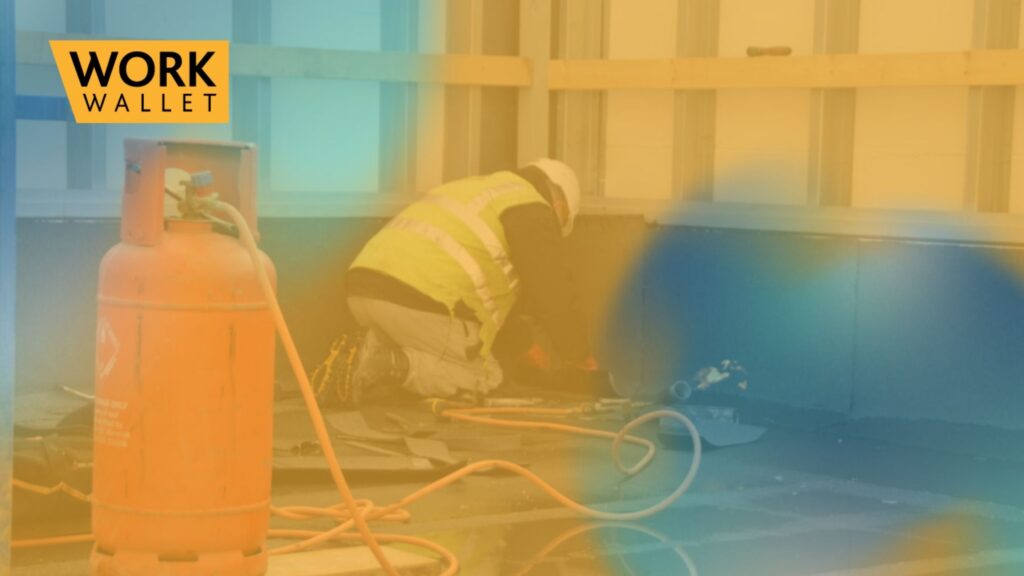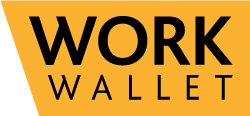How a Permit to Work System Helps Control Site Safety
02 January 2025

A Permit to Work (PTW) system is a vital component of site safety, effectively managing hazardous tasks and mitigating potential risks. By introducing a structured, formal process for high-risk activities, a PTW system ensures that all necessary safety measures are in place and that only qualified personnel are authorised to carry out the work. This systematic approach is essential in construction, manufacturing, and energy industries, where the potential for accidents and injuries is significant.
In this article, we’ll explore the importance of a Permit to Work system, its role in enhancing site safety, and the benefits of implementing a digital PTW system to streamline processes further.
What Is a Permit to Work System?
A Permit to Work system is a formalised framework that governs how hazardous tasks are planned, authorised, and completed. It provides clear instructions on where, when, and how specific work should be conducted. By defining these parameters, a PTW system ensures that safety protocols are followed, risks are mitigated, and only competent individuals can carry out the tasks.
At its core, the system is designed to improve communication, document potential hazards, and implement safety controls. It applies to activities such as hot works, confined space entry, working at height, electrical installations, and heavy lifting - all of which are tasks where even minor oversights can result in significant risks to workers and those around them.
For example, a Permit to Work for hot works might outline the precautions required to prevent fire, such as ensuring fire extinguishers are nearby, safety cards clearly detailing where the fire hazards are, clearing flammable materials from the area, and appointing a fire watcher to monitor the site during and after the task.
Why Is a Permit to Work System Important?
A Permit to Work system is crucial for maintaining a safe working environment, particularly in industries with high-risk activities. By implementing this system, organisations can ensure that hazards are identified, assessed, and controlled before work begins.
One of the primary benefits of a PTW system is its ability to prevent accidents and injuries. By clearly defining responsibilities, risks, and safety measures, the system reduces the likelihood of errors and miscommunication. It also ensures compliance with health and safety regulations, which can help organisations avoid legal penalties and reputational damage.
Additionally, a PTW system provides an audit trail, documenting all aspects of hazardous tasks, including who authorised the work, the controls in place, and the task duration. This documentation is invaluable for demonstrating compliance during audits or investigations and for learning lessons to improve safety in the future.
How Does a Permit to Work System Enhance Safety?
The effectiveness of a Permit to Work system lies in its ability to control hazardous tasks through a structured approach. Here’s how it enhances site safety:
Risk Assessment and Mitigation:
Before issuing a permit, a thorough risk assessment is conducted to identify potential hazards and determine the necessary controls. For instance, when working at height, the PTW system ensures that safety harnesses are inspected, fall protection equipment is in place, and workers are trained to handle the risks involved.
Authorised Access Only:
A PTW system ensures that only trained and competent personnel can perform specific tasks. The system reduces the likelihood of unqualified workers attempting hazardous activities by restricting access to authorised individuals.
Clear Communication:
One of the key benefits of a PTW system is its ability to facilitate clear communication between contractors, workers, and management. The permit document outlines all aspects of the task, including who is responsible, the risks involved, and the safety measures required. This clarity helps prevent misunderstandings and ensures everyone is on the same page.
Task Monitoring and Oversight:
Managers can use the PTW system to monitor high-risk activities in real time, ensuring that safety protocols are followed and that any changes to the task are correctly documented.
Accountability and Documentation:
The system creates a detailed record of each task, including who approved the permit, when it was issued, and the controls implemented. This accountability ensures that everyone involved in the task takes safety seriously and has a clear audit trail for future reference.
Benefits of a Permit to Work System
A well-implemented PTW system offers a range of benefits for organisations, including:
- Improved Safety: The system helps prevent accidents and injuries by enforcing strict safety measures, creating a safer working environment for everyone on site.
- Reduced Costs: Preventing incidents can save organisations significant costs associated with downtime, legal action, insurance claims, and reputational damage.
- Enhanced Efficiency: A PTW system streamlines the planning and authorisation of hazardous tasks, reducing delays and ensuring that work is completed safely and on time.
- Better Communication: The system fosters collaboration between contractors, workers, and management, reducing the likelihood of miscommunication and ensuring that everyone understands their responsibilities.
- Regulatory Compliance: By documenting all aspects of hazardous tasks, the system helps organisations comply with health and safety regulations and demonstrate their commitment to safety during audits or inspections.
Going Digital: The Benefits of a Digital PTW System
In today’s digital age, traditional paper-based Permit to Work systems are increasingly being replaced by digital solutions. Health and safety software, such as Work Wallet, offers a range of features to streamline the PTW process and enhance safety oversight.
Advantages of Digital PTW Systems Include:
- Ease of Use: Digital systems allow permits to be completed, authorised, and closed remotely, saving time and reducing paperwork.
- Real-Time Tracking: Managers can monitor high-risk activities in real time, ensuring that safety protocols are followed and any issues are addressed immediately.
- Improved Communication: Digital systems provide instant access to permit information, enabling seamless communication between workers, contractors, and management.
- Integration with Other Safety Systems: Digital PTW systems can be integrated with incident reporting, risk assessment, and competency tracking tools, creating a centralised platform for managing all aspects of site safety.
- Audit Trails: Digital systems automatically document every stage of the PTW process, providing a comprehensive audit trail for compliance purposes.
Work Wallet’s digital PTW solutions allow organisations to manage hazardous tasks more efficiently. They ensure that workers can complete their tasks safely and that managers have full visibility of site activities.
Implementing a Permit to Work System
To implement a PTW system effectively, organisations should follow these steps:
- Identify Hazardous Tasks: Determine which tasks require permits, such as hot works, confined space entry, and electrical installations.
- Create Permit Templates: Develop templates for each type of task, including details such as the task description, risks involved, controls required, and authorisation process.
- Train Employees: Ensure that all workers understand the purpose of the PTW system and how to use it effectively.
- Appoint Authorised Reviewers: Assign competent individuals to review and approve permits, ensuring that they have the necessary knowledge of the tasks and associated risks.
- Regularly Review the System: Continuously evaluate the PTW system to ensure that it remains effective and compliant with changing regulations.
Conclusion
A Permit to Work system is essential for controlling site safety and managing hazardous tasks. The system ensures that safety protocols are followed and risks are minimised by providing a structured framework for planning, authorising, and completing high-risk activities.
For organisations looking to enhance their PTW process, digital solutions like Work Wallet offer a range of benefits, including improved efficiency, real-time tracking, and seamless integration with other safety tools. By implementing a robust PTW system, organisations can create safer workplaces, prevent accidents, and ensure compliance with health and safety regulations.
If you’re ready to take your site safety to the next level, contact Work Wallet today to learn more about our digital PTW solutions or to book a demo.
Share post
More Posts
How a Health & Safety Audit Can Prevent Workplace Accidents
Jan 2025
In 2025, ensuring the health and safety of your workforce is more critical than ever. A safe workplace is not...
How Technology Will Transform Workplace Health and Safety in 2025
Dec 2024
As we approach 2025, technology continues to redefine workplace health and safety, providing innovative solutions that help businesses comply with...




